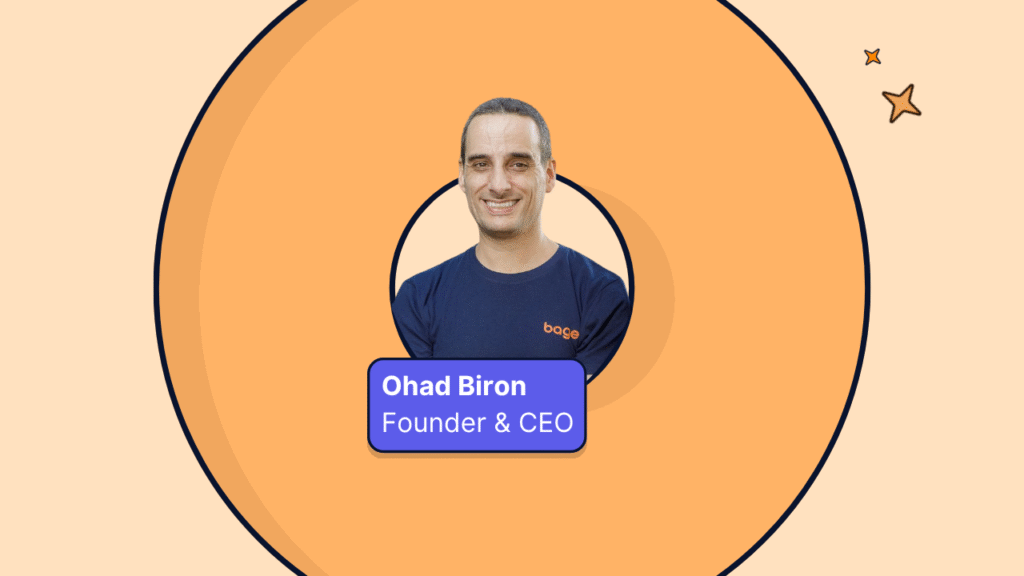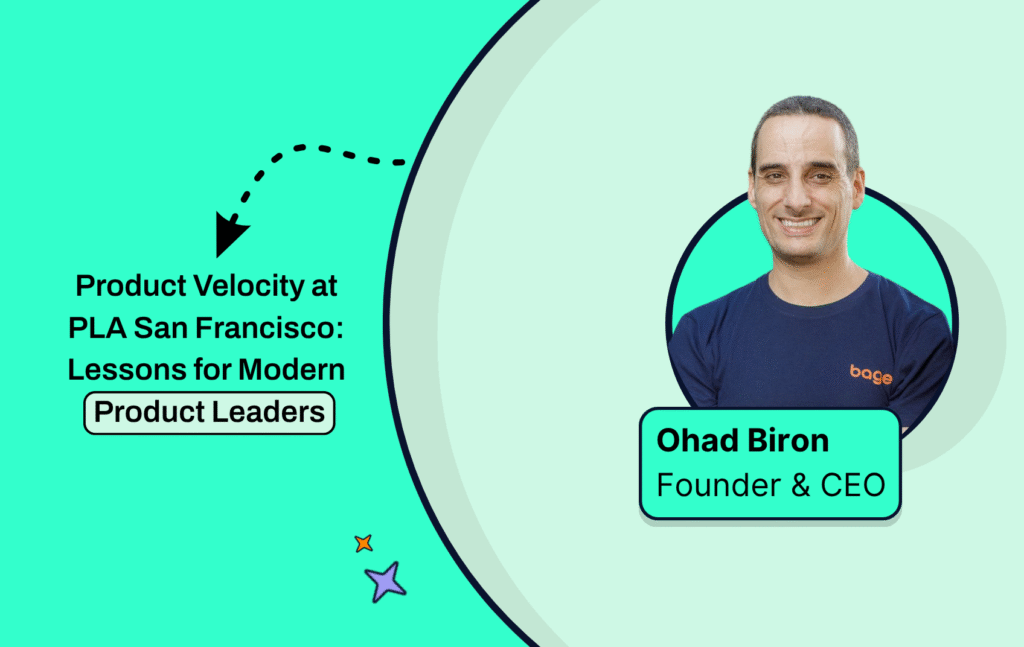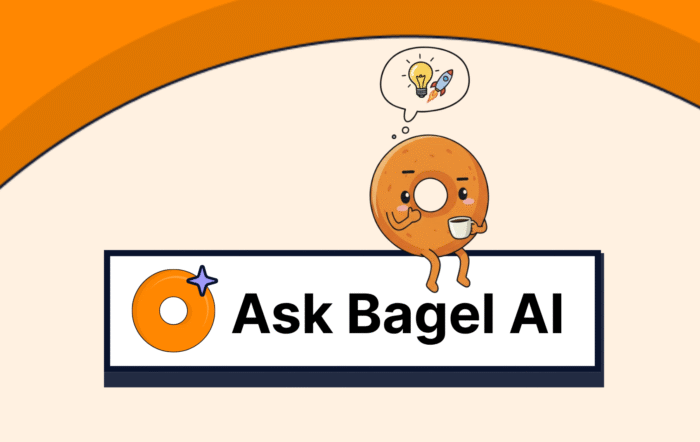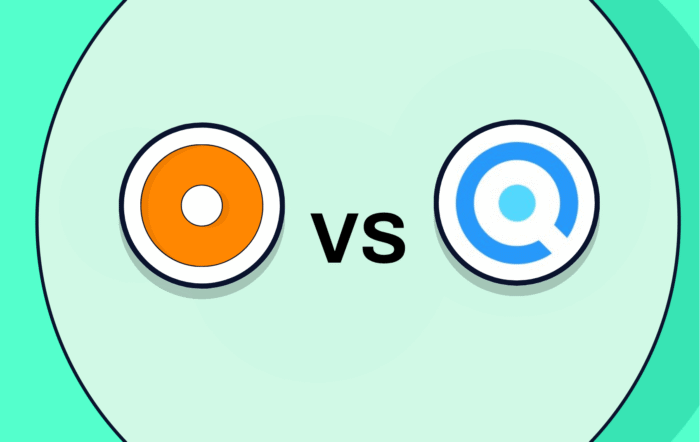The PLA Summit in San Francisco felt different this year. The tone of the conversations was sharper, more grounded in business outcomes, and less about process for process’ sake. Product leaders were not talking about frameworks or rituals as much as they were talking about what really drives results: alignment, velocity, and the role of AI in decision-making.
The highlight for me was sitting down with Oded Gal, former CPO at Zoom, for a fireside chat. Few leaders have experienced velocity at the scale Zoom faced during the pandemic, when daily usage exploded from 10 million to hundreds of millions almost overnight. Oded’s stories carried lessons that every product leader can use today.
Lessons from Zoom’s Velocity
Oded explained how Zoom once prided itself on announcing that the team had shipped 500 features in a year. Feature count was a badge of honor. But when the pandemic hit, it became clear that shipping more was not the same as creating impact.
One example stood out. Zoom initially launched live transcription as a paid feature. The backlash was immediate, especially from accessibility advocates. The team quickly realized that the decision had missed the mark. They reversed course, made the feature available to everyone, and in doing so reinforced trust with their users.
“It wasn’t just a feature decision,” Oded said. “It became a question of trust.”
The story underlined a bigger point: velocity without impact is noise.
AI Accelerates, People Decide
Another theme that resonated deeply was the role of AI in product velocity. AI is giving teams leverage by analyzing feedback, surfacing patterns, and quantifying impact across fragmented systems. But AI is not the decision-maker.
“AI can get you to the critical insight faster,” Oded reminded the room. “But someone still has to decide what to do with it. You still need to talk to customers.”
The takeaway is clear: AI is a powerful amplifier, but judgment, trust, and customer connection remain human responsibilities.
Alignment Makes or Breaks Velocity
Across the summit, alignment came up again and again. When product, sales, marketing, and customer success operate from different definitions of success, speed collapses. The fastest teams are the ones where everyone works from a shared definition of impact.
As one participant put it, alignment is not a “nice-to-have” anymore. It is a leadership requirement.
Five Ideas Defining Modern Product Leadership
Stepping back, the summit surfaced five ideas that are shaping how product leaders think about their work right now:
- Product Ops is the AI enabler of the product team. Ops is where tagging, quantification, and surfacing signals happen the work that gives PMs leverage.
- Alignment is king. Shared definitions of impact keep velocity intact.
- Product velocity is about impact, not feature count. The question is not “how much shipped?” but “what mattered, and when?”
- PMs are being measured on business outcomes. CEOs and boards are tying roadmaps directly to retention, expansion, and revenue.
- AI accelerates analysis, but people decide. Leaders are using AI to cut the noise and focus on the conversations that matter.
Why It Matters Now
What surprised me most at the summit was what happened after the fireside chat with Oded. The volume of questions from the audience, and the number of people who reached out afterward, showed just how urgent this conversation has become. Product leaders everywhere are wrestling with the same reality: velocity today is not about doing more. It is about making smarter decisions with better context, and validating those decisions faster with clear signals from the market.
That shift is not just theoretical. It is already redefining the skillsets of PMs, the expectations of executives, and the way teams operate day to day.
Closing Thought
If the PLA Summit revealed anything, it is that modern product leadership is entering a new chapter. Frameworks and rituals still matter, but they are no longer the story. The story now is alignment, velocity, AI, and outcomes.
As Oded said on stage, “Velocity is not the number of features you ship. It is the impact you create.”
That is a definition worth carrying forward.

Ohad Biron is the Co-Founder and CEO of Bagel AI – the first AI-native Product Intelligence platform. He’s spent the last decade building in the space between revenue, product, and customers. His mission: eliminate guesswork from product decisions and help teams ship what actually matters.



